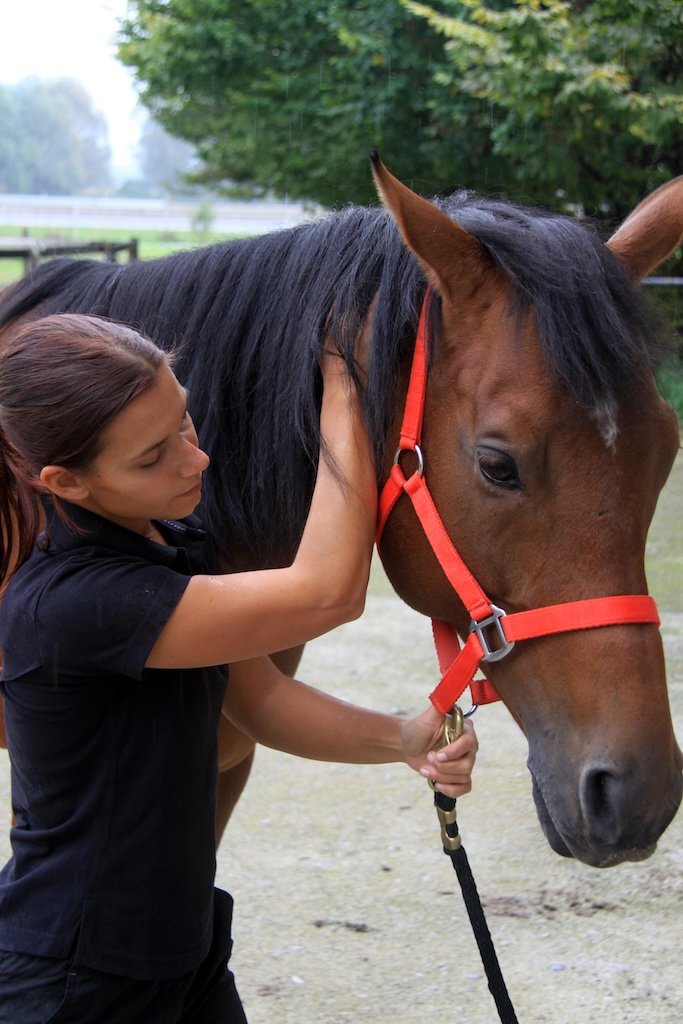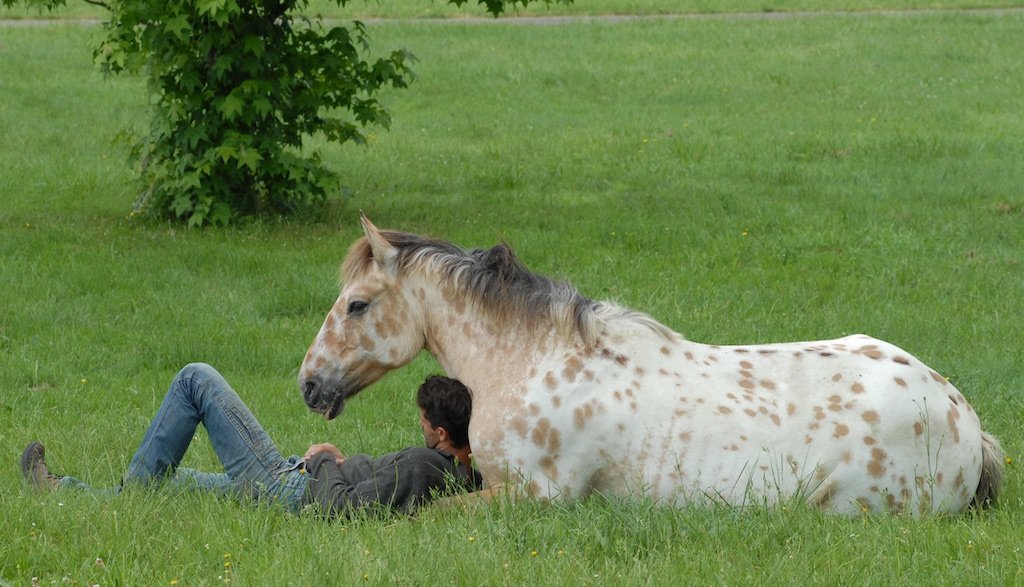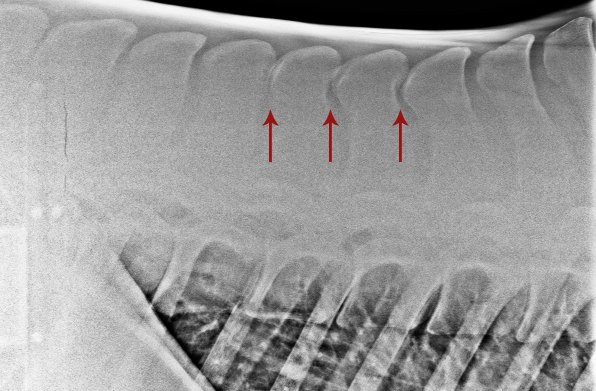What is passive physiotherapy?
Posture is not only the result of training, but how the horse spends his free time too. By manipulating his living environment, we can facilitate good posture even when we are not working with the horse.
Taking care of the poll
Prevention is better than cure. Implementing strategies to prevent poll issues from occurring is much easier than dealing with dysfunction after it occurs.
The poll – what can go wrong?
The poll has a huge impact on the entire body, which is why issues in this area can cause dental imbalances, problems down the neck and even all the way down to the feet.
The poll – form and function
The poll is an incredibly important area. To really understand it, we have to understand the function of two important joints – the atlanto-occipital and atlanto-axial joint.
The benefits of resting postures
A lot of horses have a hard time relaxing and finding comfort in their own bodies. By inviting them into a resting posture, we can teach them that it is ok to relax and let go of the tension in their bodies.
Horses in pain: recognising red flags
Horses are really good at hiding pain, so we need to be able to hear the slightest hints of discomfort. Here are some common red flags to look out for.
Relaxation is just as important as training
Many horses are constantly in an alert state and have trouble relaxing. Taking the time to relax and do nothing can be very beneficial.
It's never just tight hamstrings
Tight hamstrings is a very common issue in horses, but simply treating the tightness might do more harm than good.
My horse has kissing spines. Now what?
Kissing spines as a diagnosis has become quite popular in the past decade. Much like arthritis or navicular syndrome, it's a horse owner's nightmare. Some research suggests that a third of riding horses have some level of kissing spines, which is an astonishing number.
Track systems on a small area
With a little effort, small properties can be turned into great track systems. Here are some things to keep in mind.
Want to try some bodywork with your horse? Here's how!
If you are curious to try some bodywork moves on your horse, but are unsure how to approach it, here are some basic guidelines to help you on your way.
How to retrain a horse
Here is a closer look at the ingredients of teaching good posture – communication, coordination and strength.
What are the goals of retraining horses?
Teaching good movement can be a daunting task. Breaking it down into smaller goals will help us stay on the right path and train in a systematic way.
Can I work my horse after a bodywork session?
Most bodyworkers will recommend a break from work following a bodywork session, but this does not mean the horse should be kept in a stall.
Things to keep in mind when coming back from in injury
Coming back from in injury can be scary, so here are some things to keep in mind to reduce the risk of re-injury.
What's the deal with different bodywork modalities?
There are so many bodywork modalities out there it can be hard to choose the right one. Here are some things to consider.
5 ways to improve posture
Here are five ways to improve the horse’s posture when we are not training him. The pther 23 hours matter too!
Why we need to be very, very careful with horses' necks
The neck of the modern horse is a sensitive structure that can be damaged by improper riding. We need to be very careful not to create dysfunction in the neck.
Big movement is not a blessing, it's a disability
Most modern sports horses are hypermobile, meaning that their joints have an excessive range of motion. While big movement might seem impressive, it can cause a lot of issues down the road.
Vikings and temple dancers
In terms of connective tissue properties, horses can be either temple dancers or vikings. Knowing what type of horse you are dealing with, can help you make better training decisions.



















